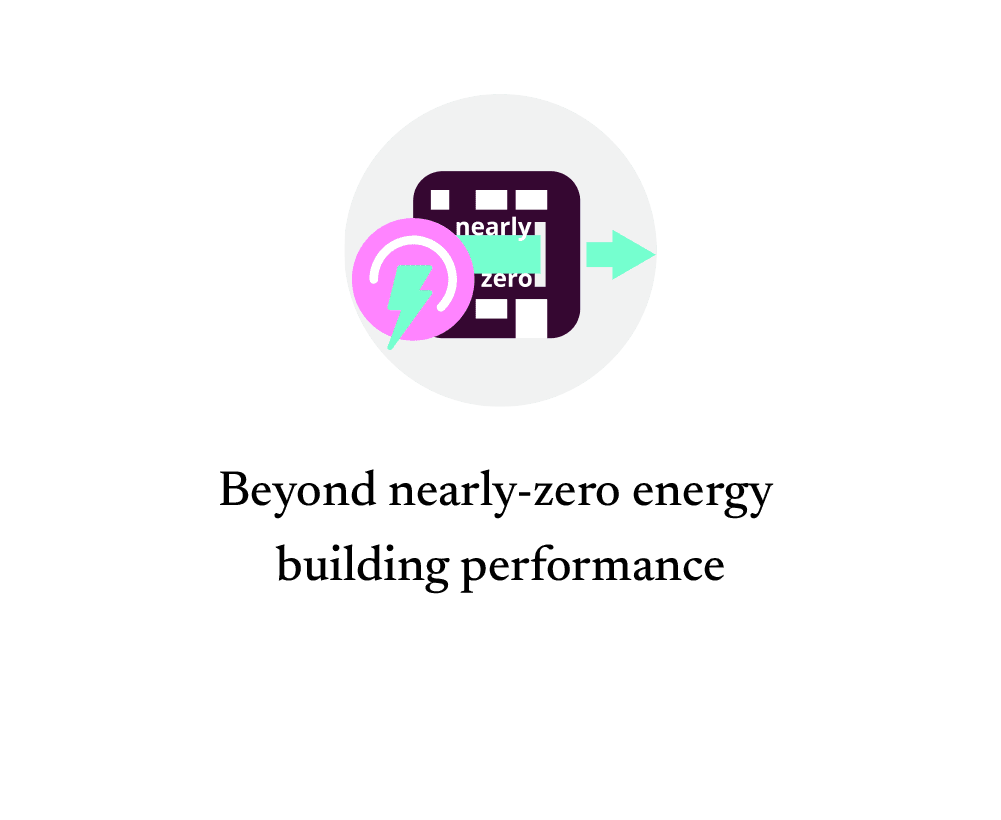This solution explores the integration of a low-exergy ground-source heat pump with Thermally Activated Building Systems (TABS) to deliver efficient heating and cooling in buildings, focusing on a pilot site in Oslo. While TABS enhance energy efficiency by leveraging the thermal inertia of concrete structures, their slow response time currently leads to poor indoor comfort due to inadequate rule-based controls. To address this, a room-level Model Predictive Control (MPC) system is proposed to improve temperature regulation using data-driven models continuously trained during building operation. Additionally, a building-level MPC will coordinate various systems to optimize energy costs, implement demand response strategies, enable fuel switching, and maximize on-site solar PV self-consumption. These smart controls use forecasts of weather, occupancy, energy prices, and PV output. The Oslo demo site will test both room- and building-level MPCs, evaluating their ability to improve comfort, energy flexibility, and system performance, with results to be compared with similar studies and documented in future reports.













